A lot of homeowners only think they need air conditioning repair when their system breaks down. However, the fact is your air conditioner will often give warning signs before a total breakdown that results in new AC installation. Noticing early problems and calling the experts at County Line Mechanical LLC to handle issues early can help you avoid the hassle and expense of a full AC system breakdown. More importantly, it can prevent the discomfort of having your AC stop working on a really hot day.
When you call us, our team of skilled HVAC technicians will identify the problem, make the necessary repairs and get your AC back on track. We have years of experience and provide top-tier, cost-effective AC service for area residents.
Why wait until your cooling system quits? Skip all that hassle by calling today to schedule AC repair in Reinholds, PA, from County Line Mechanical LLC.
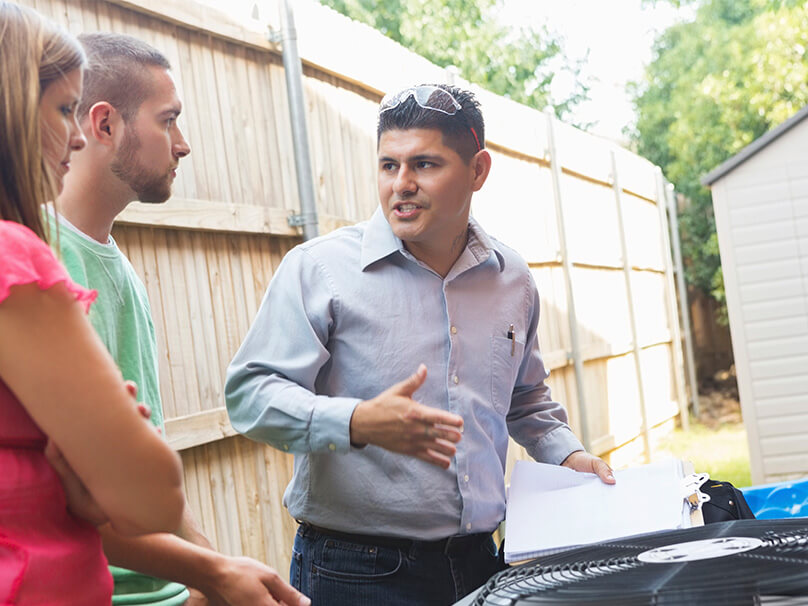
Warnings Signs You Need AC Repair
What are the signs your air conditioner requires service? From unusual smells to a lack of cool air coming from the vents, there are many clues that your cooling system has a problem and needs diagnosis and repair.
Here are some warning signs that trouble may be on the way and it’s time to call an HVAC technician from County Line Mechanical LLC:
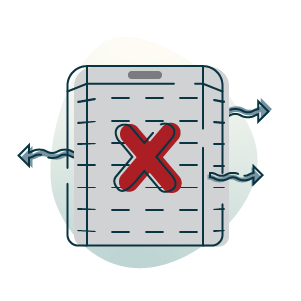
AC blows warm air instead of cold
If hot air is coming from your AC unit instead of cool air, or if the air isn’t as cool as normal, it’s a wise decision to call us for professional cooling service.
AC frequently turns on and off
If your AC system cycles frequently instead of completing its normal cycle, it could be a warning of potential issues and should be evaluated by one of our certified HVAC technicians.
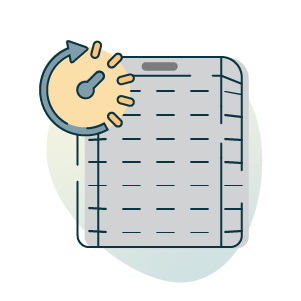
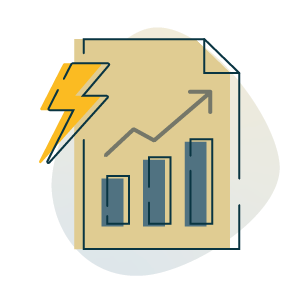
Monthly utility bills spike for no apparent reason
A sharp increase in your energy expenses can be an indicator your AC unit is becoming less efficient, which means it uses more energy to maintain a comfortable indoor temperature and needs AC maintenance or repair.
Strange smells are coming from your air conditioner
Air conditioners should not stink. A strange smell coming from your air conditioning system should be inspected by an HVAC technician, as they can be a symptom of trouble like mold, mildew or even electrical issues.
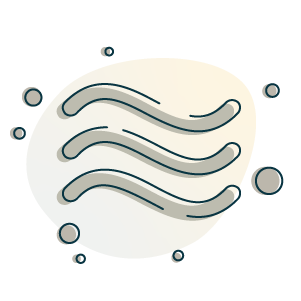
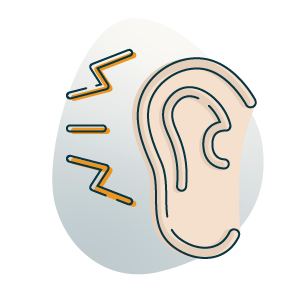
AC makes loud noises when it runs
If you hear unusual noises when your air conditioning is running — clanking, rattling or squealing, to name just a few — it’s important to call for professional HVAC service to evaluate your system.
Request Expert Air Conditioner Repair Now
When you have to have air conditioning service fast, contact the HVAC repair specialists at County Line Mechanical LLC. We’ll promptly diagnose the issue when your air conditioner won’t run or give sufficient cool air.
